By Alex Jones
REMARKABLE never-seen-before photos from the Second World War encompass the bravery, trepidation and the esprit de corps of the brave brits who flew life-threatening bombing raids across Nazi-occupied Europe.
Evocative vintage photos detailing the RAF’s XV squadron show a heavily damaged Lancaster bomber just moments after a member of its aircrew was killed in an accident, the blood-stained map of a navigator who was injured after a bomb prematurely exploded on board his plane, and the silhouettes of a group of brave groundcrew proudly standing atop a Stirling bomber.
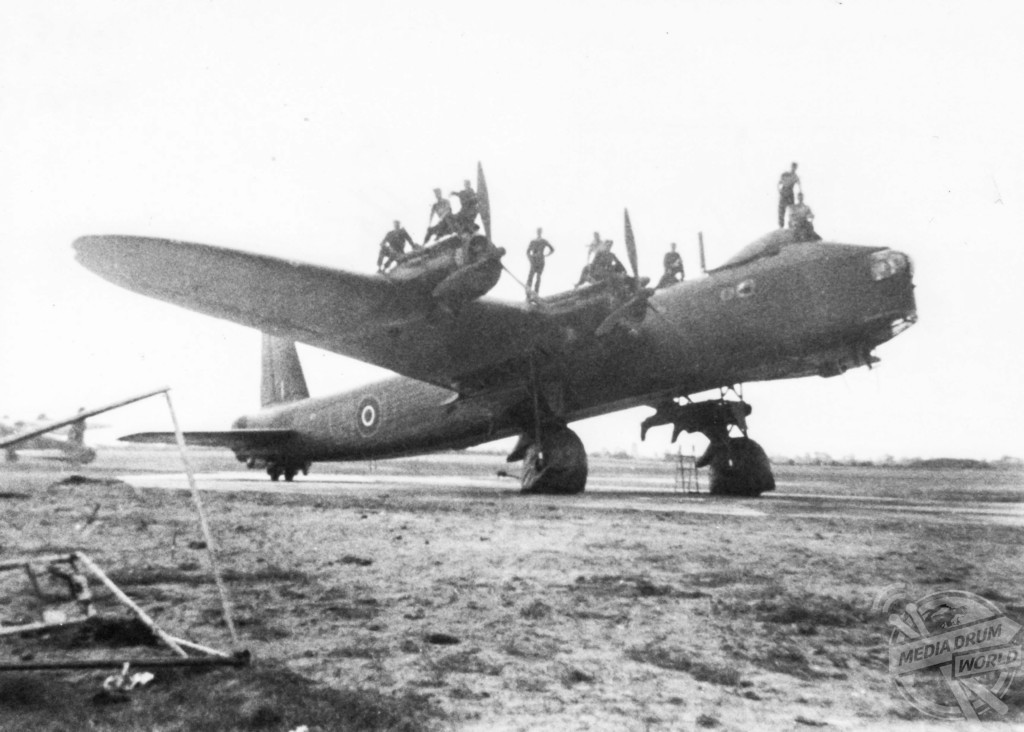
The photos are part of military historian Martyn Ford-Jones’ rereleased book Bomber Squadron: Men who flew with XV Squadron, a fascinating collection focusing on the day-to-day life of British aircrews during the Second World War, based on their personal diaries and unpublished photos.
“During the Second World War, thousands of young men volunteered for service with the RAF,” explained Ford-Jones.
“Some became fighter pilots, but a great many more were destined to be trained as bomber aircrew – pilots, navigators, wireless operators, bomb aimers, gunners and flight engineers.
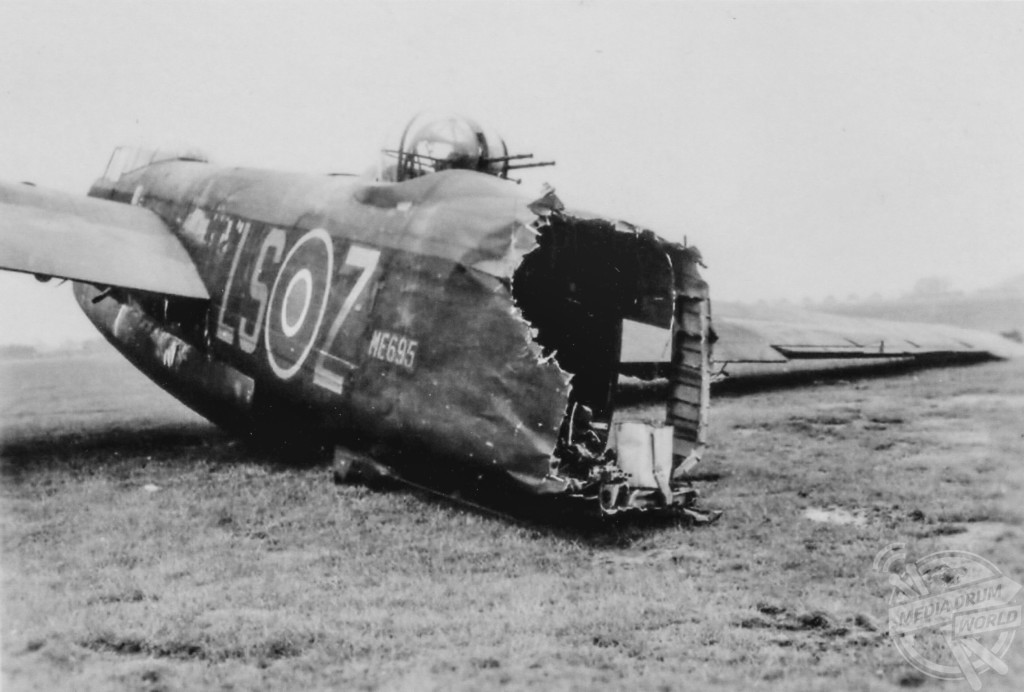
“On completion of their training, a number of these recruits were posted to XV Squadron, a highly-regarded frontline bomber squadron, which had been formed during the First World War.
“Bomber Squadron: Men Who Flew with XV Squadron relates the personal stories of a small number of these men, giving an insight to their anxious moments when flying on operational sorties, staring death in the face in the form of prowling night-fighters and ground fire, and relaxing during their off-duty hours.
“The book also reveals the motivations, emotions and personal attitudes of these men who flew into combat on an almost nightly basis.”
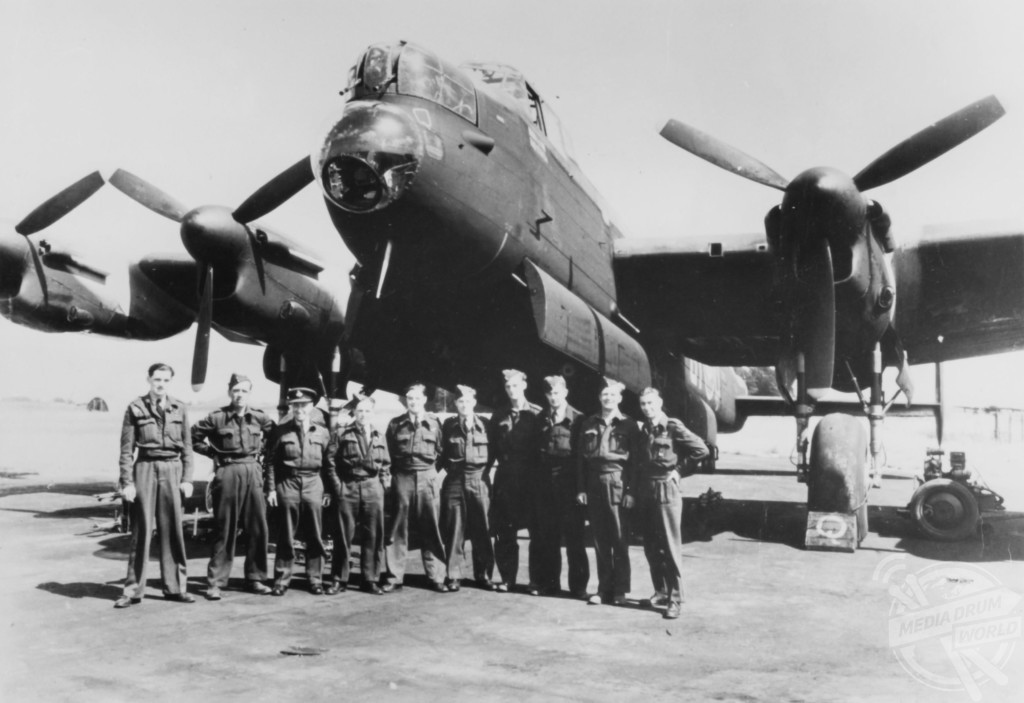
Pre-empting the war, Squadron XV flew to France one day before war was officially declared and Ford-Jones’ book encompasses the whole six years of war where the squadron were involved in hundreds of hugely significant missions.
Flying various bomber types – including Fairey Battles, Bristol Blenheims, Vickers Wellingtons, Short Stirlings and Avro Lancasters – the recollections from squadron members include risking their lives by flying laden with bombs to the German capital in 130mph crosswinds, countless fear inducing night-time raids across the continent, heart-breaking losses of friends and colleagues, tales of award-winning bravery, and the sort of missions you might not expect to involve a flying machine designed to cause as much chaos as possible.
The enthralling volume also includes information on individuals who rose through the ranks of the XV Squadron to become top brass – even featuring a Marshal of the Royal Air Force in their alumni.
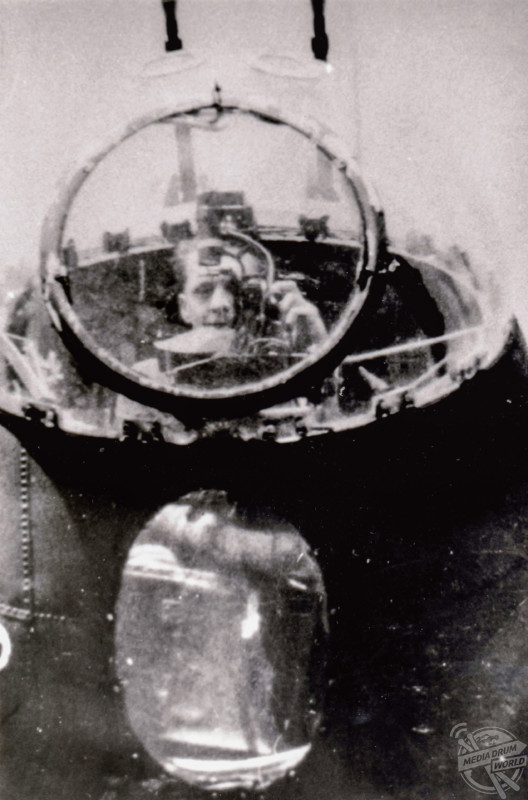
“The squadron participated in many major raids against enemy targets, including the first Thousand Bomber Raid on the night of 30 May 1941, followed by the second Thousand Bomber Raid two nights later,” continued Ford-Jones.
“During the Second World War, XV Squadron acquitted itself in a credible manner, not only through the men who flew with XV, but also the members of the ground crew who serviced the aircraft and made them ready for operations, and the ground staff who worked in the various associated offices.
“Apart from dropping a high tonnage of bombs, incendiary devices, and mines, at the end of the war, the squadron participated in the ‘Manna’ operations, dropping food parcels to the starving Dutch population, and carrying out both ‘Exodus’ and ‘Dodge’ sorties.
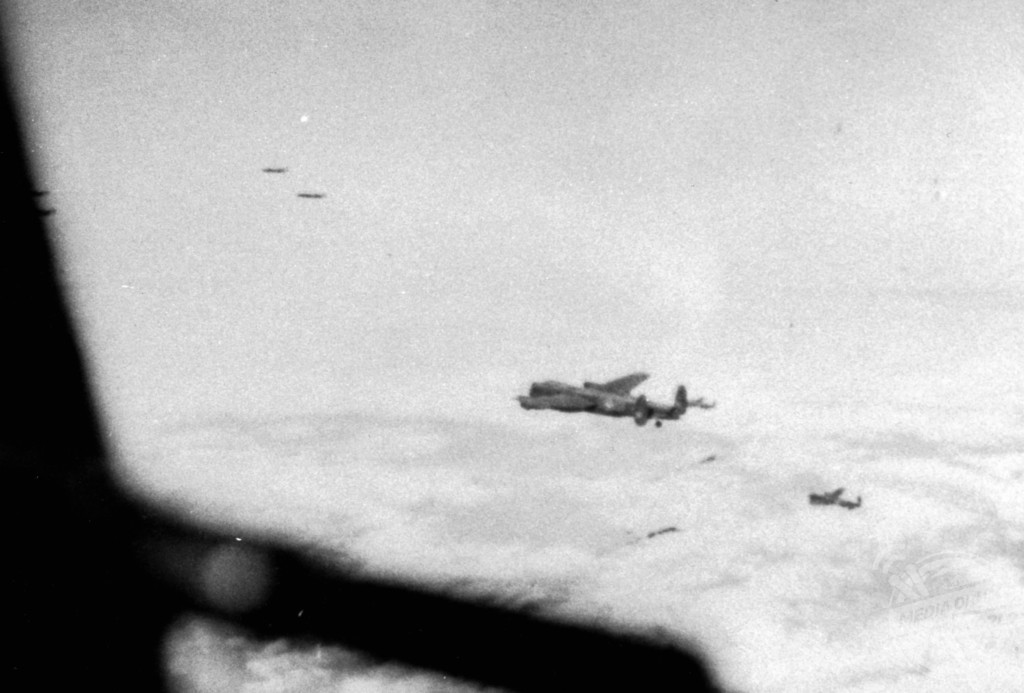
“‘Exodus’ was the codename given to the operations whereby former British prisoners of war located in Germany, were flown back to England, while ‘Dodge’ was the codename given to flying prisoners of war home from Italy.”
In 2017, the XV Squadron was shut down at RAF Lossiemouth, 102 years after it was formed.
It remains one of the oldest squadrons in Royal Air Force history.
Martyn Ford-Jones’ Bomber Squadron: Men who flew with XV Squadron, published by Fonthill Media and rereleased last month, is available here






